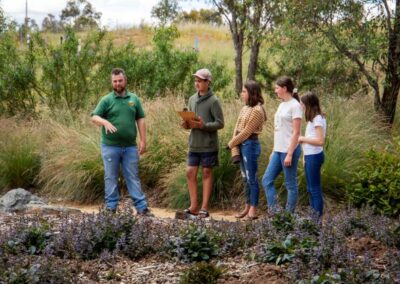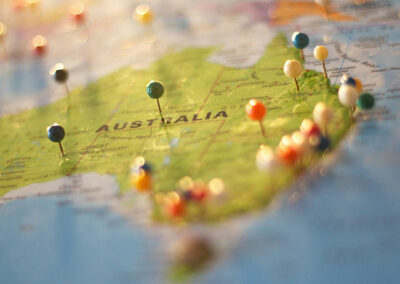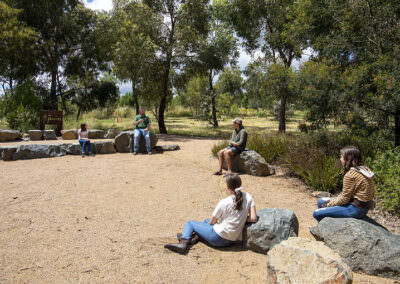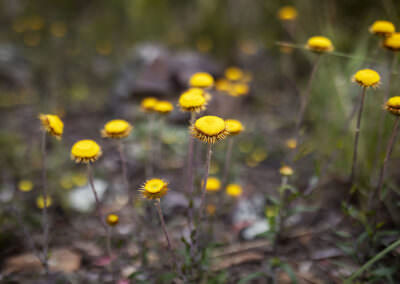
Whose Country: exploring First Nations peoples languages map (0-7yrs)
Time Allocation: 30 minutes
Activity Level: Easy
Introduction
As children learn to acknowledge that Aboriginal and Torres Strait Islander peoples are the traditional custodians of lands, waterways and skies across Australia, it is important that they recognise that Australia is home to hundreds of many First Nations communities.
This activity introduces children to a First Nations languages map and builds understanding and appreciation of the importance of language to Aboriginal and Torres Strait Islander identity and culture.
Checklist
Instructions
 STEP 1
STEP 1
Begin this activity at your location with an Acknowledgement of Country. By acknowledging the land, you are also making a promise that you will care for the Land, the waterways, the plants and the animals.
Using the stories, songs and videos from the reference list, help the children begin to understand that First Nations peoples are the traditional custodians of our land, waterways and skies.
What do the children know about Aboriginal and Torres Strait Islander people, culture and language? Do the children know any Aboriginal or Torres Strait Islander words? Who could we ask to find out more about local language? Use this opportunity to invite local Aboriginal and Torres Strait Islander community members and people involved in language revitalisation work to help you explore First Nations peoples culture and language for the people in your local area.
 STEP 2
STEP 2
Use the online Gambay First Languages Map to explain the significance of language. It is important to learn which language is represented from where they live and learn.
Tell the children that each language group has an important relationship with their Country and between Countries. No part of Australia was empty or without people. Language is important for identity.
Find the location of your setting on a map of Australia. Now find that same location on the Language Map to find the name of the group where you or your home is located.
 STEP 3
STEP 3
Take some time outside to sit quietly and listen for 2 minutes.
Explain safe and respectful behaviors and then give children the opportunity to explore for natural objects on the Country they are on. What can they find that makes them feel connected?
Children discuss what they have found on Country and what it makes them feel. Does it make them feel grateful and thankful? Does it make them feel grounded?
Remind the children of the Acknowledgement of Country that was said. at the beginning of this activity. Discuss that an Acknowledgement of Country is way of saying what we are thankful for. “We are thankful for the land, the water the plants, the animals, the people and looking after each other.” We can use this Acknowledgment of Country every day to show our thanks.
 STEP 4
STEP 4
Using the name of the language group of your location, children complete the activity sheet to create a sign – We live, learn and play on ……. Land.
Children can decorate the sign by gluing and sticking on natural objects, or using pencils, pens or paints to decorate it. Once complete, return any leftover natural materials to the places where they came from.
Children practice reading their sign and give some examples of how they might be able to look after the Country they are on.
Explore some more local language uses with local Community Elders and use the online resources provided in the reference list to help you. Use the Welcome to Country App and search for your location on the map.
Listen to a Welcome in the local language (if available).
Extension Activity
Extension 1
When you read a book about First Nations peoples or written by a First Nations person, see if you can find where they come from (their language group) on the map.
Extension 2
Listen to the First Nations peoples language words from your location on the interactive 50 words map from the Research Unit For Indigenous language from the University of Melbourne and practice saying them.